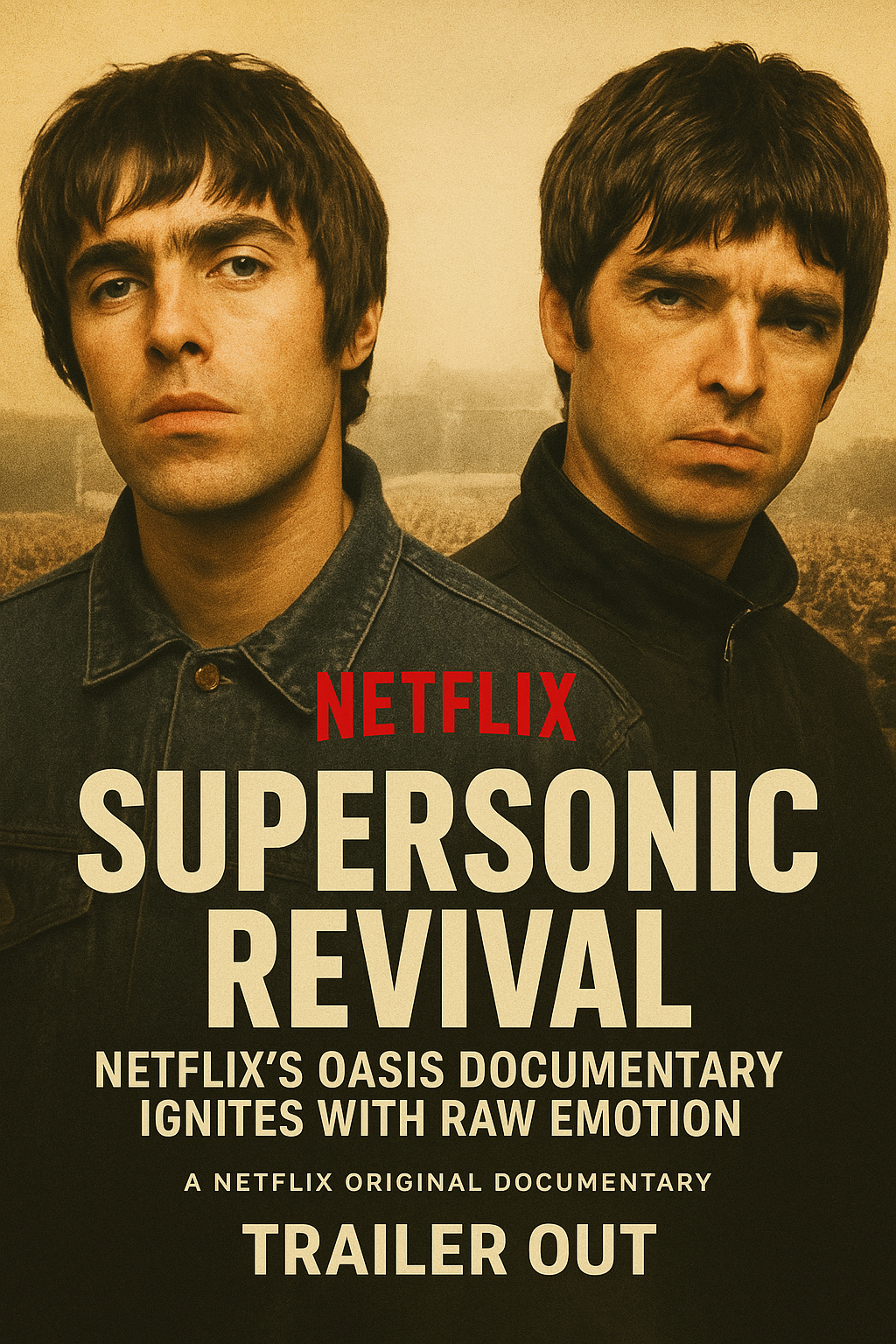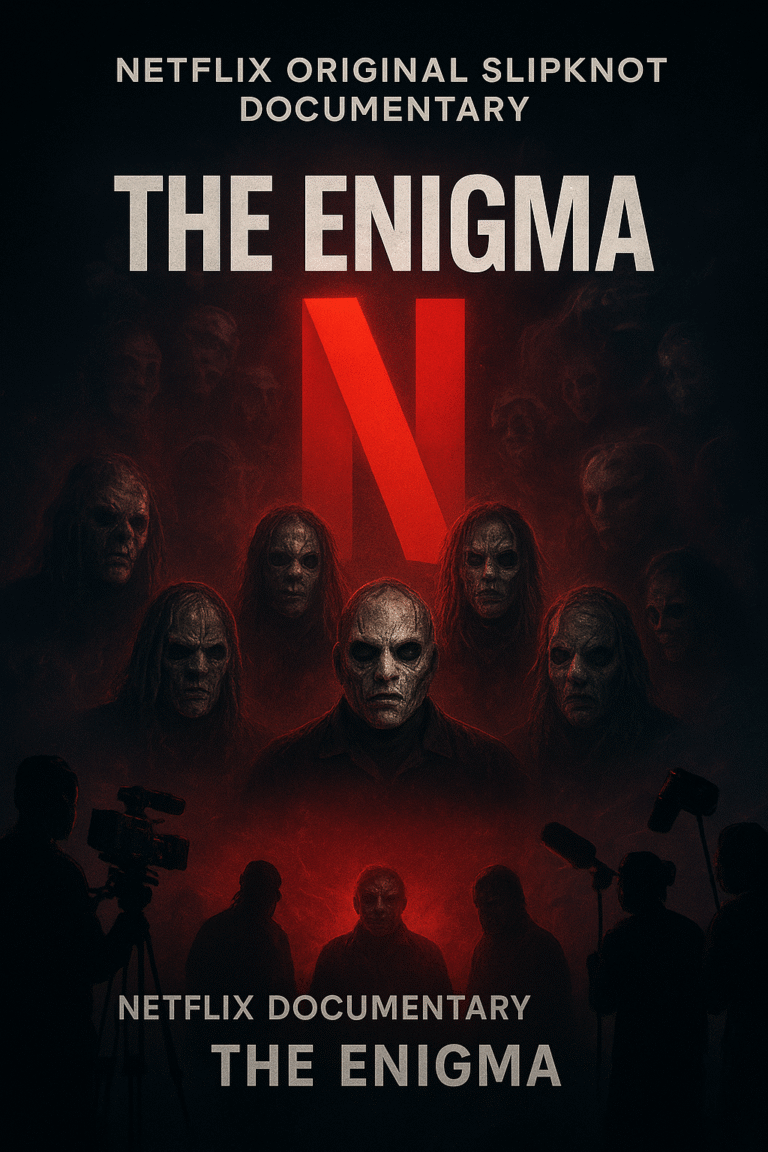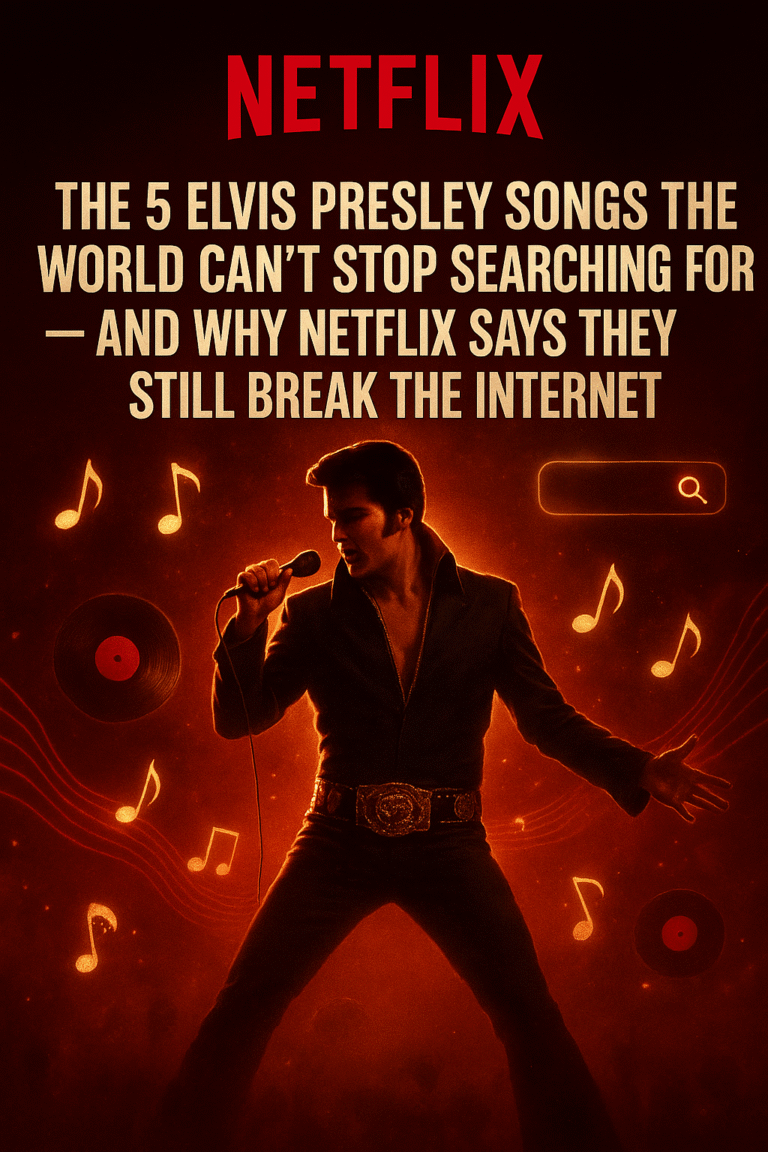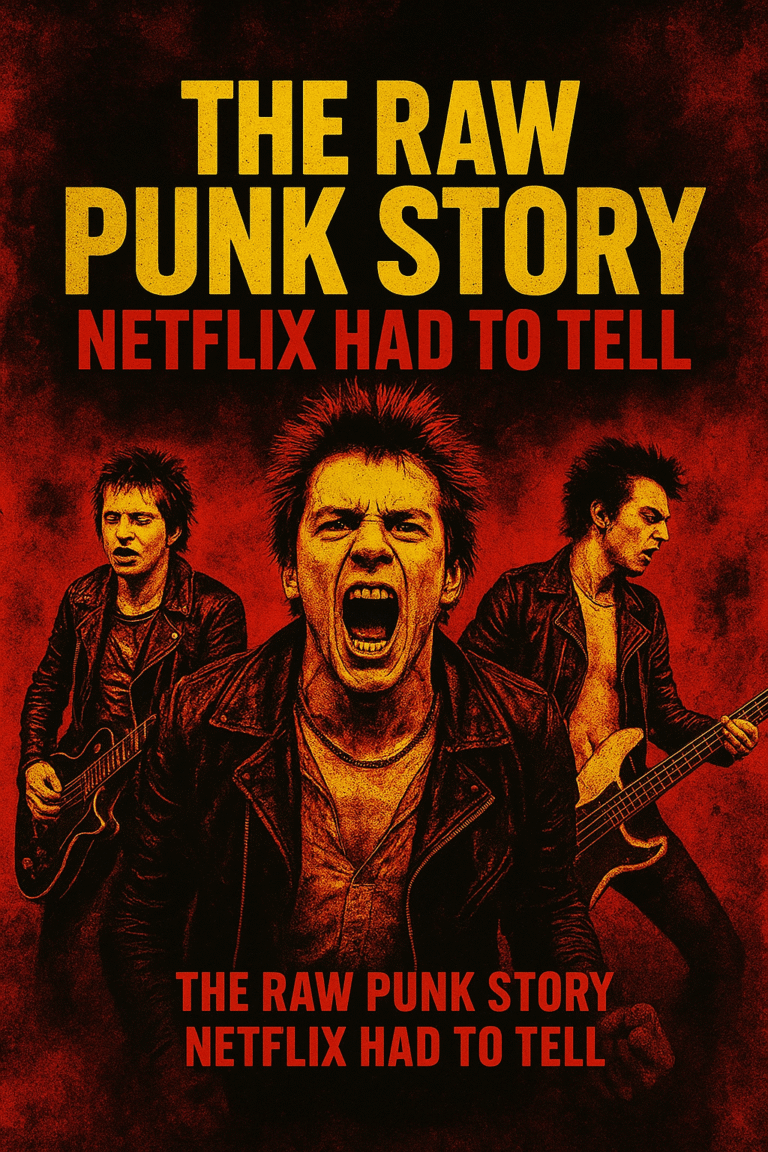
The story of Oasis is one of chaos, charisma, and pure musical magic — and Netflix’s new documentary series captures it all with stunning intensity. From the smoky pubs of Manchester to the sold-out stadiums that defined a generation, this series dives deep into how two brothers and their band reshaped British music forever. It’s not just a documentary; it’s a time capsule of the ‘90s — a portrait of fame, fury, and the anthems that made millions sing.
From the very first episode, Netflix plunges viewers into the raw beginnings of Oasis. We see Liam and Noel Gallagher’s working-class upbringing, the tension that forged their determination, and the attitude that would make them household names. Their rise feels both inevitable and explosive. The series spares no detail — the scrappy rehearsals, the early gigs, the swagger that turned heads long before the world knew what “Wonderwall” even was.
As the series unfolds, Netflix perfectly balances the myth and the man. The Gallaghers are not softened or glorified; their rivalry is laid bare — brutal, hilarious, and deeply human. Interviews with bandmates, producers, and even journalists of the time reveal the inner workings of a band constantly on the edge of collapse. Yet it was that tension that fueled their greatest work, from Definitely Maybe to (What’s the Story) Morning Glory?. Each episode feels like peeling back another layer of rock ‘n’ roll mythology.
The visual storytelling is pure nostalgia. Footage of 1990s Britain — the crowds, the clothes, the chaos — immerses viewers in a cultural moment that was as much about identity as it was about music. Netflix uses grainy home videos and high-definition restorations side by side, blending past and present seamlessly. It’s a reminder that Oasis wasn’t just a band; they were the pulse of an era that believed music could still change everything.
The documentary also explores the Britpop phenomenon that Oasis came to define — their rivalry with Blur, their defiance toward the press, and their unshakable connection to the working class. It shows how they gave voice to a generation of fans who saw themselves in the Gallaghers’ arrogance and ambition. The series doesn’t shy away from their flaws — the drugs, the fights, the egos — but it also celebrates their unmatched ability to turn chaos into melody.
Netflix manages to make even the familiar moments feel fresh. The Knebworth shows, often regarded as Oasis’s crowning achievement, are shown here in breathtaking scale. The sheer size of the crowd, the sweat and tears on stage, and the sense of unity in every chorus make for some of the most powerful scenes in any music documentary in years. It’s not just about the music — it’s about the feeling of belonging to something larger than yourself.
In quieter moments, the series also captures the aftermath of fame — the burnout, the fallout, and the eventual split that left fans heartbroken. Yet, there’s no bitterness here. Netflix portrays the brothers’ estrangement with empathy, hinting that behind every insult and outburst lies a deep, complicated love. The storytelling is emotional without being sentimental, reflective without rewriting history.
By the final episode, Oasis is no longer just a band; they’re a symbol of an era when rock music could unite millions. The documentary doesn’t ask whether they’ll ever reunite — instead, it reminds us why their story still matters. The Gallaghers taught the world that even in dysfunction, beauty can thrive; even in arrogance, truth can be found. It’s a legacy that continues to echo through every chord, every chorus, and every heart that still sings their songs today.
The Netflix documentary series on Oasis was released on October 15, 2025.




